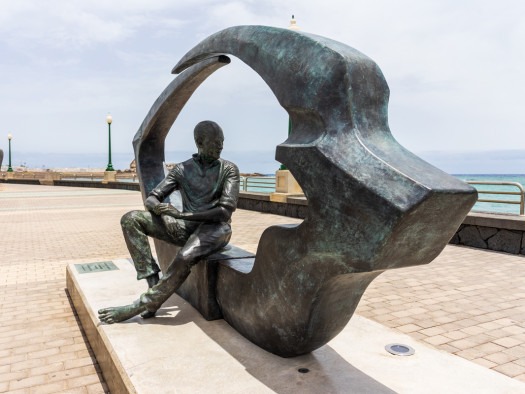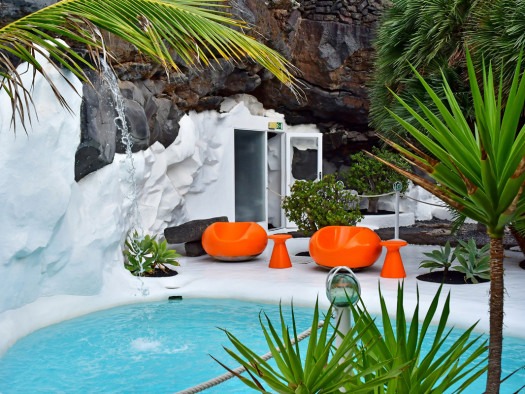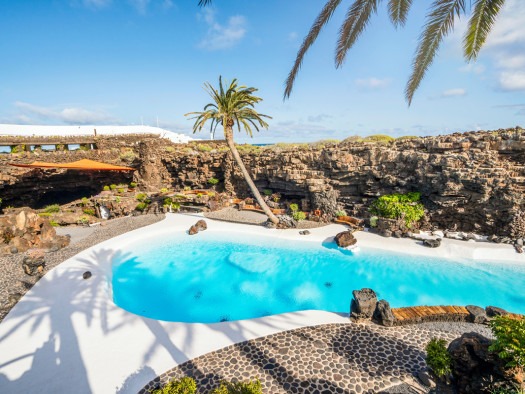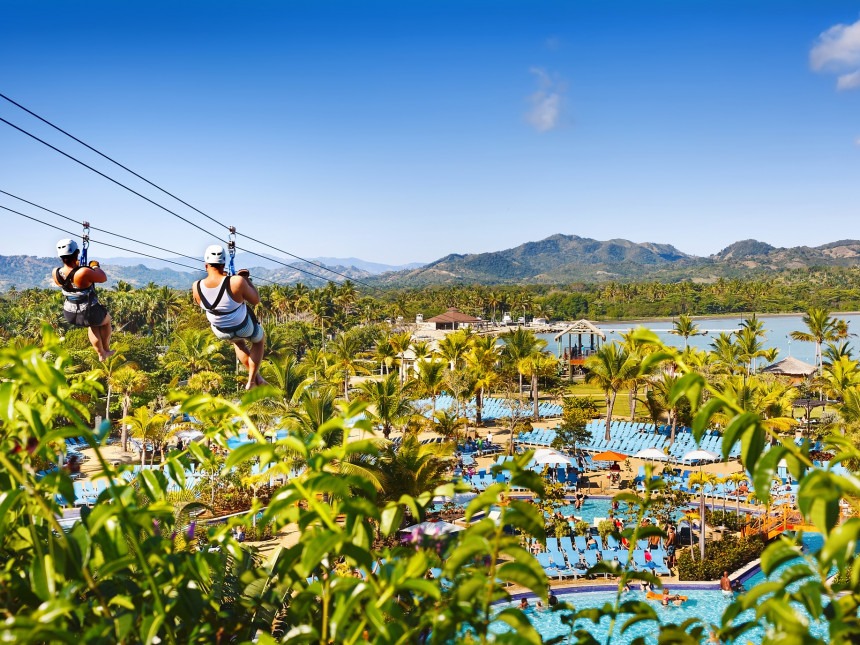Lanzarote, one of the most volcanic islands in the Canary Islands, is famous for its lunar landscapes and black sand beaches. However, what truly sets it apart is the legacy of artist and architect César Manrique. His vision transformed the island into a place where art and nature coexist in perfect harmony. Through his innovative artistic creations, Manrique integrated art with the natural environment, highlighting the unique beauty of Lanzarote. Join us on a tour to discover the most emblematic places of his legacy!
Who Was César Manrique and What Did He Do for Lanzarote?
César Manrique was born in Arrecife, Lanzarote, in 1919. He was a painter, sculptor, architect, and environmental advocate. After studying Fine Arts in Madrid and living in New York, he returned in the 1960s with a mission: to preserve and enhance the natural beauty of Lanzarote.
Manrique dedicated himself to integrating art and nature, and he managed to limit the urban and tourist development of the island. Thanks to his persistence, strict building regulations were established, keeping the island free from uncontrolled tourist growth.
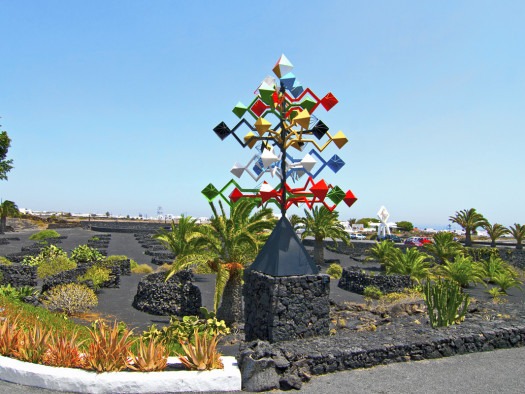
Touring His Works
César Manrique’s legacy can be appreciated at various points on the island, where the artificial and natural blend uniquely. Below are some of the most well-known places to visit. A good option for accommodation on the island is Bluebay Lanzarote in Costa Teguise. You’ll be near the Pueblo Marinero, a design in which César Manrique played a significant role. Additionally, the hotel offers a spa, gym, and water activities, making it ideal for those looking to enjoy hiking routes.
César Manrique Foundation
The César Manrique Foundation was the artist’s former residence and is built on a lava flow. The house is filled with natural light and connects with underground volcanic bubbles converted into rooms. Besides Manrique’s works, you’ll also find pieces by other artists.
Jameos del Agua
Jameos del Agua is a masterpiece of integration between nature and art. It is a leisure and culture center inside a volcanic tube, which Manrique transformed into a magical place with a natural lake inhabited by blind crabs, unique in the world. With its combination of architecture and volcanic environment, vegetation, and lighting effects, it’s a must-visit.
Mirador del Río
Mirador del Río, located at the northern tip of the island, is integrated into a cliff, using natural materials and large windows that offer a panoramic view of the Chinijo archipelago. There is also a café and shop, all designed with the minimalist and functional style typical of the artist.
Cactus Garden
The Cactus Garden is situated in an old volcanic ash quarry in Guatiza. It houses more than 7,000 cacti from different species around the world. The garden’s design follows a circular pattern, reminiscent of an amphitheater, and includes a traditional windmill.
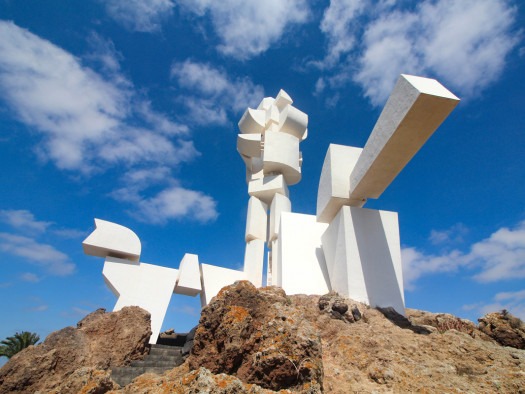
Casa Museo del Campesino
The Casa Museo del Campesino is a tribute to the culture and traditions of Lanzarote, focusing on rural architecture and agricultural techniques. The museum includes typical Canary houses, craft workshops, and a restaurant serving local cuisine.
Touring César Manrique’s works is an experience that not only allows you to appreciate his artistic genius but also his deep respect and love for Lanzarote. Each of his creations is a testament to how art can be a force for preservation and celebration of nature. If you visit Lanzarote, don’t miss his legacy!

